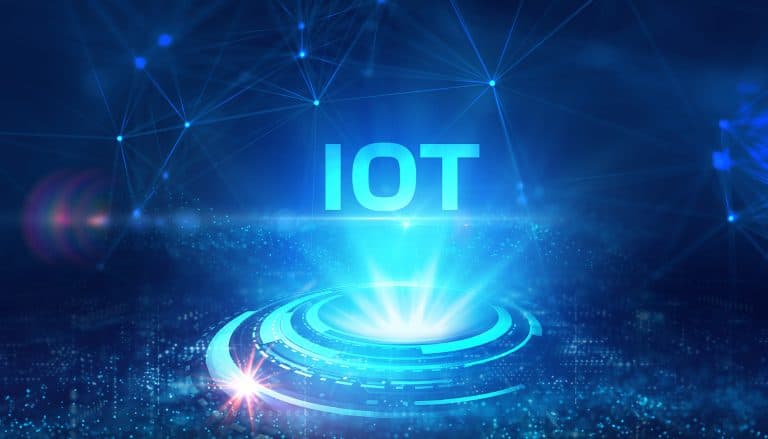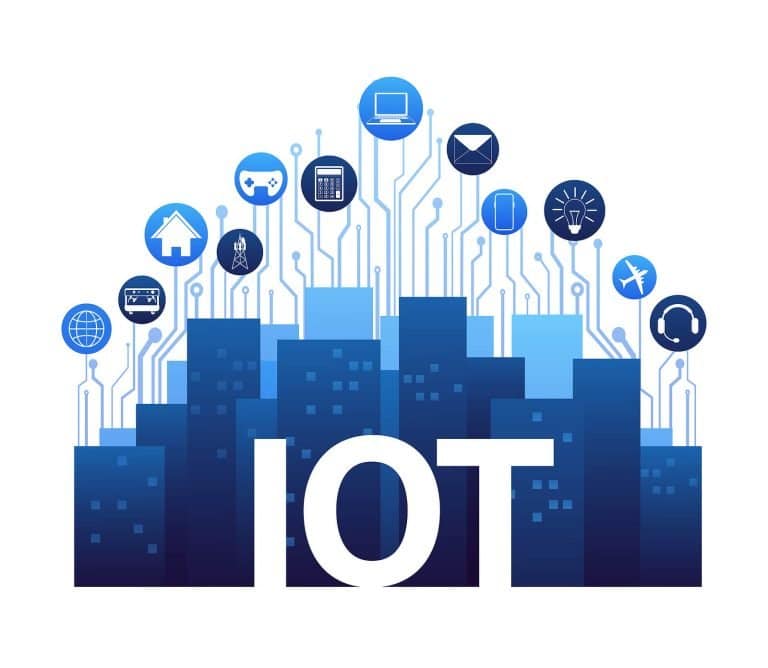You may have already read about Microsoft’s $5-billion commitment to IoT R&D. This commitment isn’t a significant chunk of or change in Microsoft’s R&D budget or agenda. But it does remove any remaining doubt about whether it’s time to take IoT seriously.
Table of Contents
ToggleMore such commitments and investments are already taking place, and there will be more to follow. But many of these, like much media coverage of IoT, focus on consumer-centric developments such as smart speakers and appliances. While interesting, these address only a sliver of a much larger market – one with much larger potential challenges and opportunities.
The segment of the IoT that matters most is only now getting the attention it needs and deserves. That is the segment that is not consumer-focused, but industrial – the industrial IoT, or IIoT.
The IIoT: Opportunities
Accenture provides services and solutions in numerous business-critical areas, including digital and other technologies, to corporate clients in 120 countries. The firm estimates the Industrial Internet of Things could add more than $14 trillion to the global economy by 2030. Arguably the biggest driver of productivity and growth in the next decade, the Industrial Internet of Things will accelerate the reinvention of sectors that account for almost two-thirds of world output.
As the web, the internet, electricity, and the Industrial Revolution did before it, the IIoT will drive significant, sustained change in how almost everything is made, sold, bought, and used. Once industrial devices and systems are IIoT- and cloud-enabled, a plethora of new and improved connections, services, and solutions become possible.
Analytics of real operational data, in near-real time as needed. Manufacturing and deployment aided by machine learning. Monetization of data and data-driven insights. Predictive, proactive, preventive equipment and system maintenance schedules. Real-time routing of drivers delivering fuel or supplies to where they’re needed most, based on current and anticipated conditions and levels. (Coca-Cola is already doing some of this to keep its “Freestyle” vending machines capable of serving up more than 100 different products and custom-blended drinks composed on mobile apps.)
So what’s it going to take to get there? One thing is certain: many if not most of today’s industrial devices and systems, from municipal water pumps to robotic warehouse shelf-pickers, must be transformed. As must the companies that make them, and the very supply, demand, and value chains in which those devices and systems participate.
Needless to say, these transformations, which are already under way, will not be without significant challenges.
The IIoT: Challenges
Different Technologies. The Industrial Internet of Things is all about computing, networking, and data technologies. These are areas in which traditional industrial device and system designers, builders, providers, and users have little to no expertise. For example, early business adopters of cloud computing perceived private clouds as more secure than public clouds. This persisted until companies such as Salesforce.com and Amazon.com convinced them otherwise. Early industrial adopters of cloud computing and the IIoT may need similar convincing by people and companies already delivering and using public cloud solutions safely and securely.
Different Cultures. Viewed as admittedly overly simplified groups, industrial people are different from IoT people. IT people have been from business people for most of the past four decades. That situation is finally changing, but more change is needed. Those cultural differences can slow or hobble the collaborations needed to deliver on the promise of the Industrial Internet of Things.
The Scope of the Whole Thing. The entire history of IT is haunted by the ghosts of multiple predictions that turned out to be partially or entirely wrong. Already, some are predicting that IIoT interoperability challenges will all go away when connectivity features are built into IIoT offerings. But successful IIoT deployments need more than just connectivity. Other needs include end-to-end security, timely software updates and patches, efficient messaging and data handling, and virtualization support.
These and other software-driven features are unfamiliar to most hardware designers and creators. If the history of the IT industry is an accurate harbinger, it will be years before we see broad availability of easily interoperable, robustly secure IIoT devices and systems.
The IIoT: Predictions
Beyond Accenture’s forecasts, we believe some other things can be predicted with a high level of certainty.
- Industrial companies of all types will seek ways to bring IoT-enabled offerings to market quickly and easily.
- Many of those early efforts will fall short of their promise or their pursuers’ desires.
- At least some of those shortfalls will result from disconnects in expertise between industrial technology experts and IoT/IT experts.
- The full, sustained success of the industrial IoT will rely on bridging and eliminating those disconnects.
The continuing evolution of the Industrial Internet of Things (and the IoT, of course) will be exhilarating, challenging, and life- and industry-changing for many people and businesses for years to come. So it’s not too early to start trying to follow and make sense of relevant developments.
To that end, I have launched two attempts to help: DortchOnIT’s Industrial Internet of Things (IIoT) Weekly, and TWiTIoT: This Week in The Internet of Things, which you can read every Friday right here at IT Chronicles(barring extraterrestrial abduction or other schedule disruptions). I look forward to your comments, criticisms, and recommendations.






